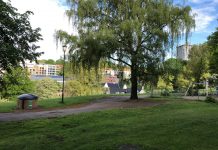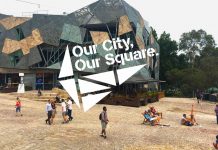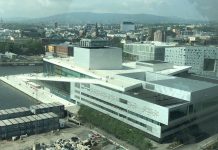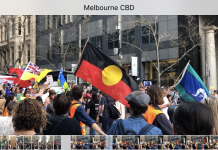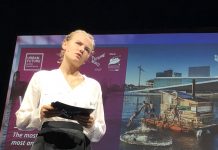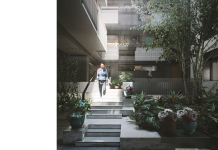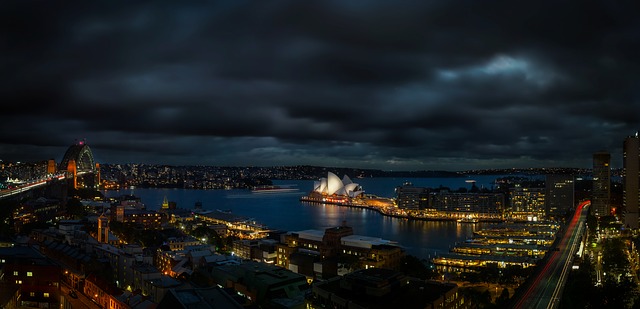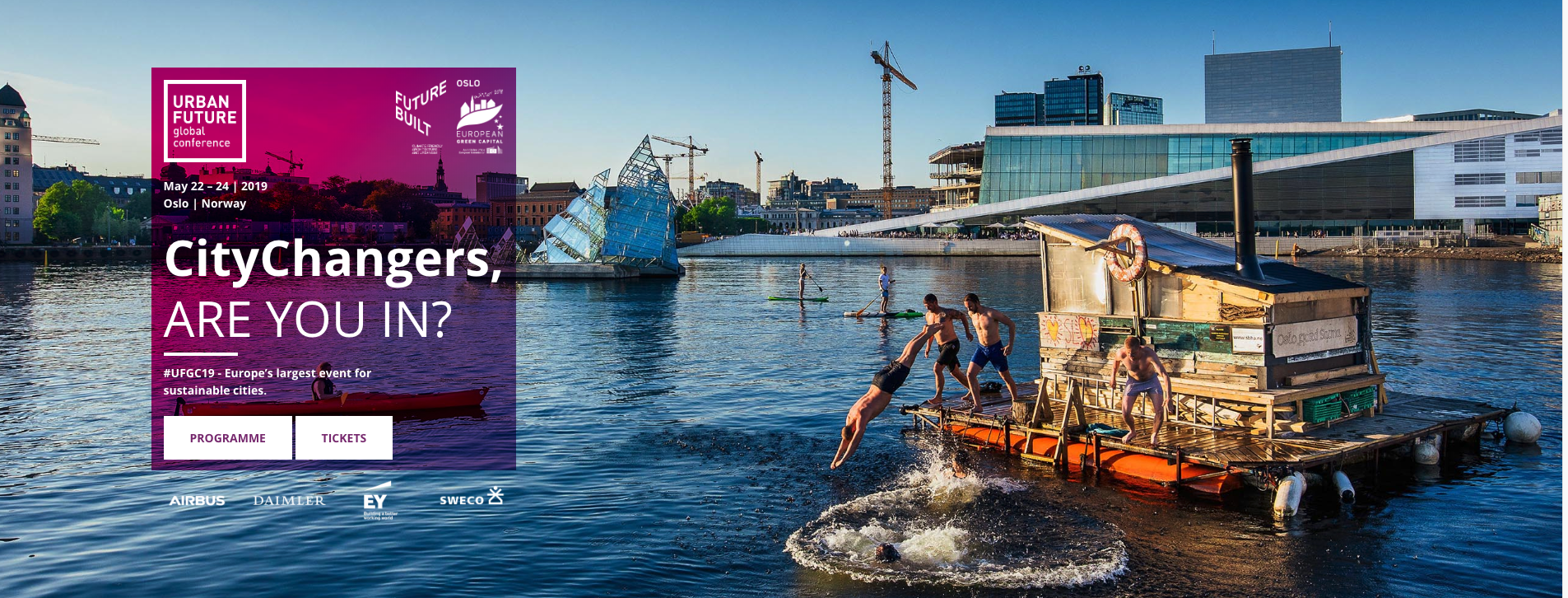As Australia heads to a federal election, there is a perception among some voters that our cities are at breaking point, stretched by congested roads, urban sprawl and a housing market that, even with the price falls of the last year and longer, makes affordability a real issue for a large number of young people.
So can Australian experts in planning and architecture plan for a big Australia and caters to the needs of the next generation of Australians?
At the DesignBUILD speaker series next week, a panel of experts will discuss the issues. The panel is Craig Allchin, adjunct professor of architecture at the University of Technology Sydney Karima Palafox, strategic planner and an associate director at Urbis; Fender Katsalidis director, Mark Curzon; and David Tickle, principal and urban design sector leader at Hassell.
Held on 14 May 2019, days before the federal election, the experts will discuss how to deliver more cities that not only cater to population growth but are places people will want to live.
What Australians want
The panellists agree that population growth itself is not the problem but that planning for it is critical, they also share a focus that planning for a ‘big Australia’ involves looking ahead at the needs and wants of future Australians.

Karima Palafox says: “New places like Western Sydney need to be planned to be even more liveable and accessible than Sydney, as they have the challenge of attracting new residents and investments. We need to make sure all of our city centres are vibrant so all kinds of talent – people of varying skills, age, backgrounds – will want to live there.
“We assume that the aspiration is to have a single detached house with one or two cars per household, but it’s not the aspiration of many people today. Younger people are happy not to own a car and would rather spend money on experiences as opposed to car parking and maintenance costs. These are the people that we need to plan for and we need to accommodate for their desire to live in inner cities.”
Allchin emphasises that the way Australians want to live is fundamentally changing, away from family homes in far-flung suburbs towards greater density closer to economic and cultural hubs.
“Affordability is obviously one of the key challenges facing our cities, but delivering good density is probably the more interesting problem,” Allchin says.
“People’s preferences are changing, and a lot of people want to live in more interesting, dense urban environments but there is not enough of these areas and they are expensive. So, it’s about creating more of the places that people want to live, rather than have this dichotomy between expensive inner-urban hipster zones and less expensive suburban areas.”
The city as an ecosystem
Creating these kinds of “interesting, dense urban environments” requires seeing the city as a complex ecosystem, Allchin adds. “You need to understand that ecosystem and how you can add things to it, rather than just try to design everything as new. The planning approach is to understand that ecosystem, and then the architects can come and design the objects, but you can’t really mix the two.”
When it comes to transport and infrastructure, Allchin believes that long-term plans like the A Metropolis of Three Cities document need to consider just how rapidly technological changes are enabling social changes that will shape the cities of the future. “Personal mobility and the ways we move and where we want to move to are changing a lot,” he says.
“Even the idea of building fixed motorways and fixed metro lines is something we might question soon. I think we might soon be thinking, ‘Oh, are these old ways?’”
“Transport is really changing and personal mobility is fundamentally shifting, with electric cars, scooters and skateboards. The space-to-time travel equation is changing, which means we can really look at exciting new options rather than just all living within a certain short walk of a bus or train station.”
As modern cities are such complicated organisms it makes sense to Mark Curzon to have a wide range of cultural experts involved in urban planning. “We should extend current urban design teams to include cultural leaders early on in the process so we can create something meaningful,” he says.
Curzon, through global practice Fender Katsalidis, is working on projects in the potential second and third city centres of Sydney, Parramatta and Liverpool (part of a polycentric city intended to capitalise on the new Western Sydney Airport).
“We’re not reinventing the wheel. We’re applying global elements to the Paramatta and Liverpool CBDs at the moment because we have to learn from the international climate,” Curzon says.
“It’s vital to learn from international examples, both successful and unsuccessful, to protect public open space while allowing for quality high-rise density.”
In addition to catering to young people, Curzon takes Australia’s ageing population as an example and says we need to learn from cities such as Hong Kong. “Our planning today needs to be considerate of the future people living in these cities and allow for further opportunities to grow. If we don’t apply that type of logic to the people, place and culture of where we’re developing these new cities, then we risk failing future generations.”
‘Collectivity Talks: How can architects and urban planners plan for a big Australia?’ is a panel discussion part of the DesignBUILD 2019 program.
DesignBUILD is held from 14-16 May at ICC Sydney, Darling Harbour.
Further information and tickets available at: designbuildexpo.com.au/speaker-series


